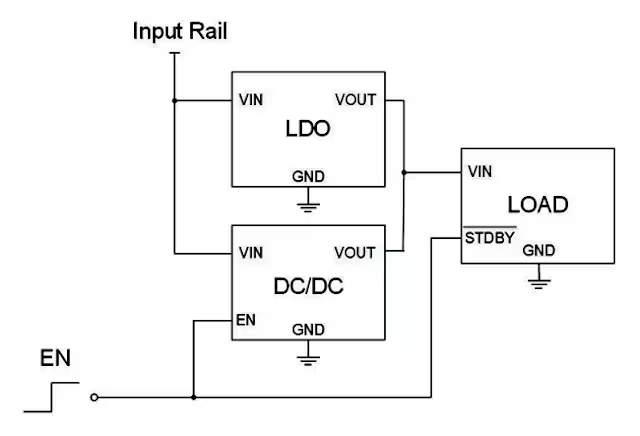SMPS Efficiency at Light Loads – Boost It the Right Way!

🔍 The Problem :
Many SMPS units are designed for medium-to-high loads. But when the load drops—like during standby or in low-power IoT devices—they often become inefficient. This inefficiency is due to fixed switching losses and idle power consumption, even when your circuit draws just a few milliamps.
🛠️ The Solution :
To fix this, choose SMPS modules that support burst mode, pulse-skipping, or auto-eco modes. These modes reduce switching frequency at low loads to cut losses. Alternatively, use ultra-low quiescent current LDOs after the SMPS to improve total system efficiency in always-on circuits.
💡 Practical Example :
Say you’re powering a wireless temperature sensor drawing only 1mA using a 12V-to-3.3V SMPS. A standard converter may still consume 40–60mW at idle! Replacing it with a MP1584-based buck converter (which supports burst mode) drastically lowers idle power usage—perfect for battery-powered or solar IoT systems.
✏️ Sample Calculation :
If the SMPS uses 50mW idle power, and your circuit draws 1mA at 3.3V:
Load Power = 3.3V × 0.001A = 3.3mW
Efficiency = (3.3 / 50) × 100 ≈ 6.6%With burst-mode converters, idle draw drops to ~10mW → Efficiency rises to 33%!
🛒 Product Suggestion :
Search for ‘MP1584 buck converter’ or ‘low power SMPS’:
Shop now at SmartXProKits.in!
Support our work and India’s innovation—buy from our Make in India site!




















